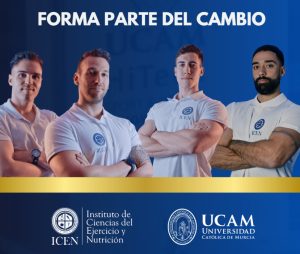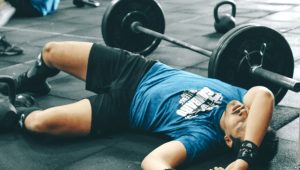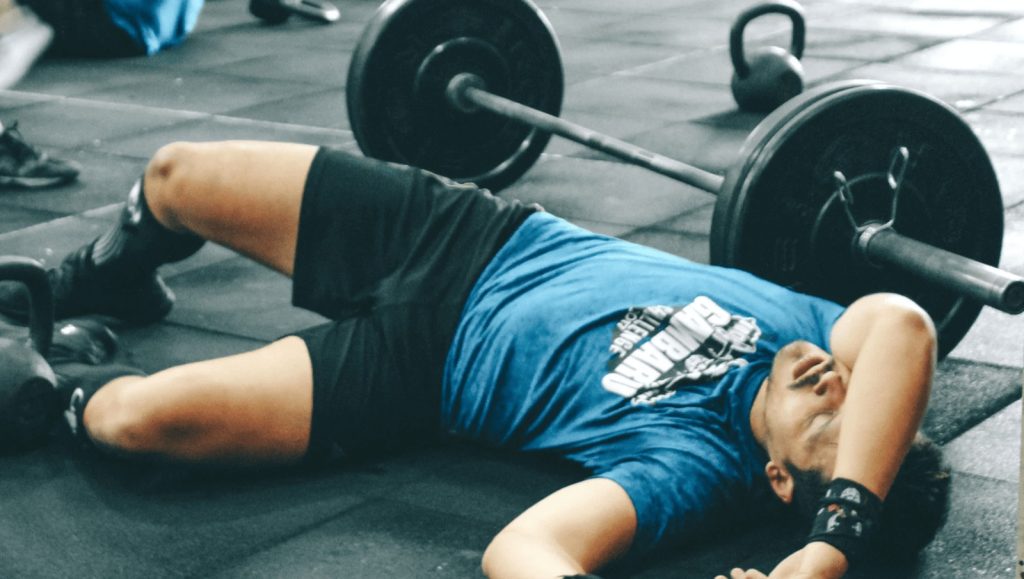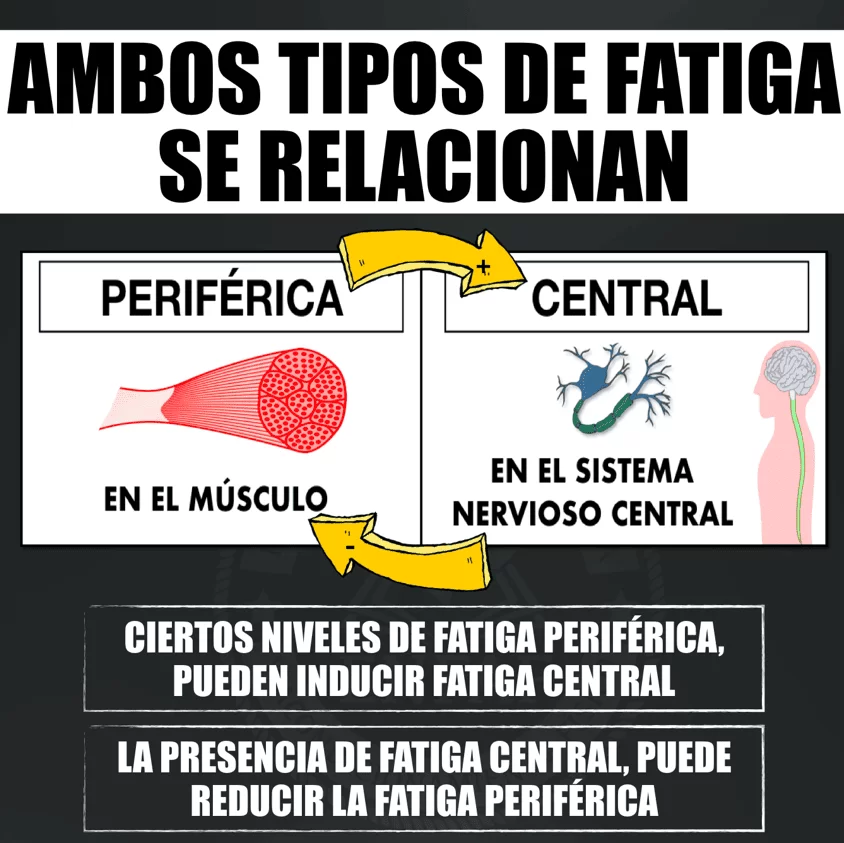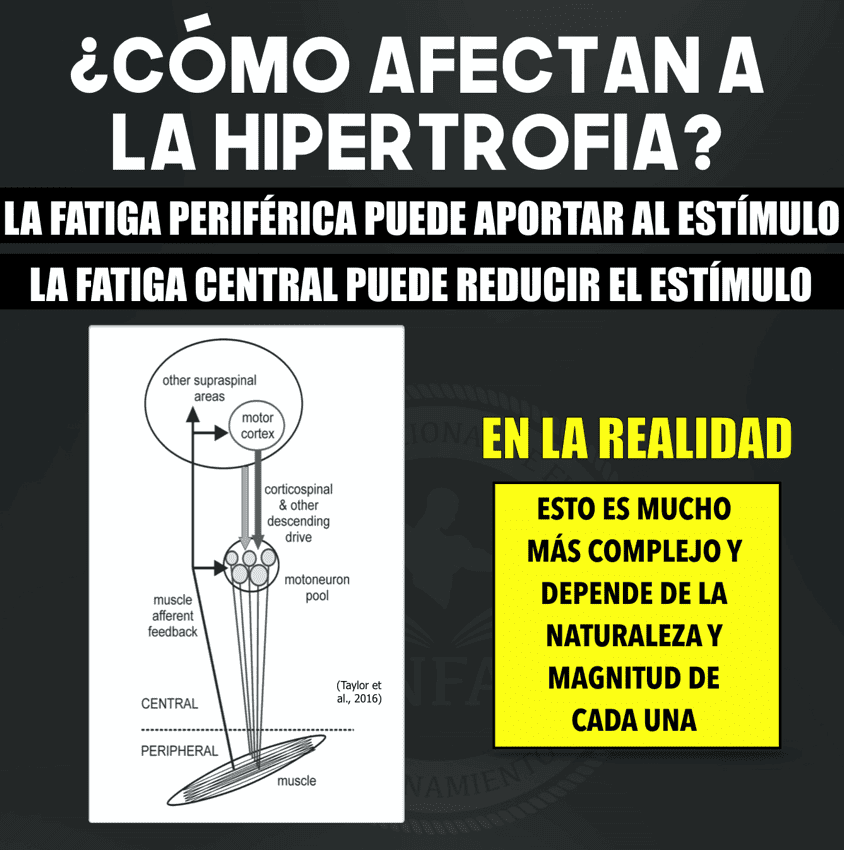Carroll, T. J., Taylor, J. L., & Gandevia, S. C. (2017). Recovery of central and peripheral neuromuscular fatigue after exercise. Journal of Applied Physiology, 122(5), 1068-1076.
Dankel, S. J., Mattocks, K. T., Jessee, M. B., Buckner, S. L., Mouser, J. G., & Loenneke, J. P. (2017). Do metabolites that are produced during resistance exercise enhance muscle hypertrophy?. European journal of applied physiology, 117(11), 2125-2135.
Farrow, J., Steele, J., Behm, D. G., Skivington, M., & Fisher, J. P. (2020). Lighter-Load Exercise Produces Greater Acute-and Prolonged-Fatigue in Exercised and Non-Exercised Limbs. Research quarterly for exercise and sport, 1-11.
Gandevia, S. C. (2001). Spinal and supraspinal factors in human muscle fatigue. Physiological reviews.
Morel, B., Lapole, T., Liotard, C., & Hautier, C. (2019). Critical peripheral fatigue thresholds among different force-velocity conditions: an individual-based model approach. Frontiers in physiology, 10, 875.
Sundberg, C. W., & Fitts, R. H. (2019). Bioenergetic basis of skeletal muscle fatigue. Current opinion in physiology, 10, 118-127.
Taylor, J. L., Amann, M., Duchateau, J., Meeusen, R., & Rice, C. L. (2016). Neural contributions to muscle fatigue: from the brain to the muscle and back again. Medicine and science in sports and exercise, 48(11), 2294.
Zarzissi, S., Bouzid, M. A., Zghal, F., Rebai, H., & Hureau, T. J. (2020). Aging reduces the maximal level of peripheral fatigue tolerable and impairs exercise capacity. American Journal of Physiology-Regulatory, Integrative and Comparative Physiology, 319(6), R617-R625.


